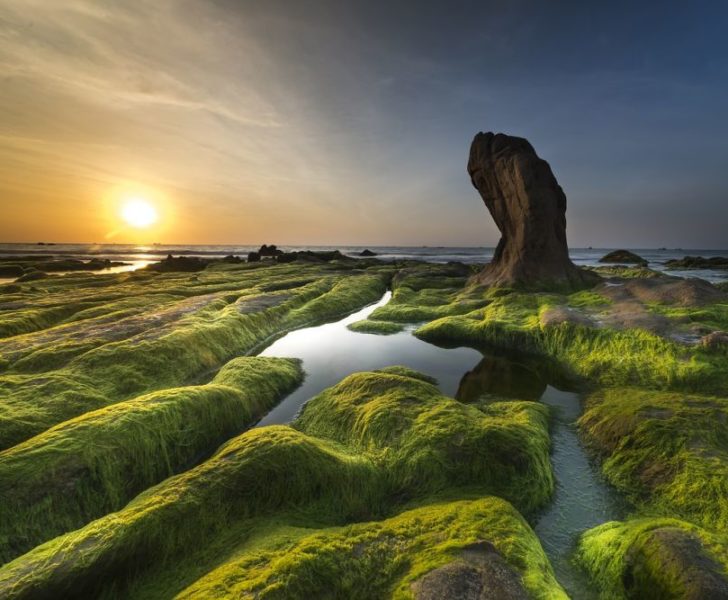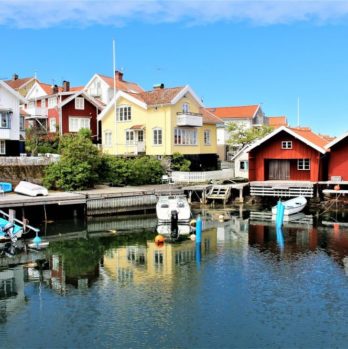Thailand’s Beaches: A Comprehensive Guide to Paradise

Introduction:
Thailand’s beaches are renowned for their breathtaking beauty, crystal-clear waters, and vibrant marine life. With an array of options to choose from, each beach offers a unique experience catering to different preferences and interests. This article aims to provide a thorough overview of Thailand’s beaches, including the various types, popular destinations, quantitative measurements, differences between them, and a historical analysis of the advantages and disadvantages. Whether you’re seeking relaxation, adventure, or cultural immersion, Thailand’s beaches have something for everyone.
Thailand’s Beaches – A Multifaceted Paradise:

Thailand’s coastline spans over 3,000 kilometers, offering a diverse range of beach experiences. From serene and secluded coves to lively party hubs, there’s a destination to suit every traveler’s desires. The country boasts an impressive variety of beach types, including idyllic white sand beaches, dramatic limestone cliffs, and hidden gems accessible only by boat. Some of the well-known beaches include Phuket’s Patong Beach, Koh Phi Phi’s Maya Bay, and Krabi’s Railay Beach. Each beach has its own distinct charm and allure, attracting different demographics of travelers.
Quantitative Measurements:
In assessing Thailand’s beaches, numerous quantitative measurements can be used to evaluate their beauty, safety, and environmental sustainability. Factors such as water quality, cleanliness, and beach width and length can contribute to a beach’s appeal. Additionally, the number of tourist arrivals, hotel occupancy rates, and TripAdvisor ratings can indicate popularity and satisfaction levels. By analyzing these measurements, beachgoers can make informed decisions about which areas best align with their preferences.
The Unique Features of Different Thai Beaches:
While Thailand’s beaches share a common tropical allure, they also exhibit distinct characteristics that set them apart from one another. Some beaches are famous for their vibrant nightlife, bustling markets, and an array of water sports, while others offer a tranquil escape, surrounded by lush tropical forests. Some beaches are known for their coral reefs and underwater biodiversity, perfect for diving enthusiasts, while others provide a peaceful setting for relaxation and spa retreats. Whether travelers seek adventure, serenity, or cultural immersion, Thailand’s beaches offer diverse experiences for every taste.
A Historical Overview of Advantages and Disadvantages:
Over the years, Thailand’s beaches have experienced both advantages and disadvantages due to tourism and development. On one hand, the influx of visitors has boosted the local economy, creating employment opportunities and improving infrastructure. However, it has also resulted in environmental degradation, overcrowding, and cultural challenges. Understanding this historical context allows travelers to make responsible choices and contribute to sustainable tourism practices. Finding a balance between economic development and the preservation of Thailand’s natural beauty is crucial for the long-term preservation of its beaches.
Conclusion:
Thailand’s beaches are an enchanting paradise that attracts millions of tourists each year. With their pristine shores, diverse landscapes, and rich cultural heritage, they provide an unforgettable experience for visitors. This comprehensive guide has explored the various aspects of Thailand’s beaches, from their types and popularity to quantitative measurements and historical perspectives. By understanding the unique features and challenges of each beach, travelers can make informed decisions and contribute toward the preservation of these natural wonders.











